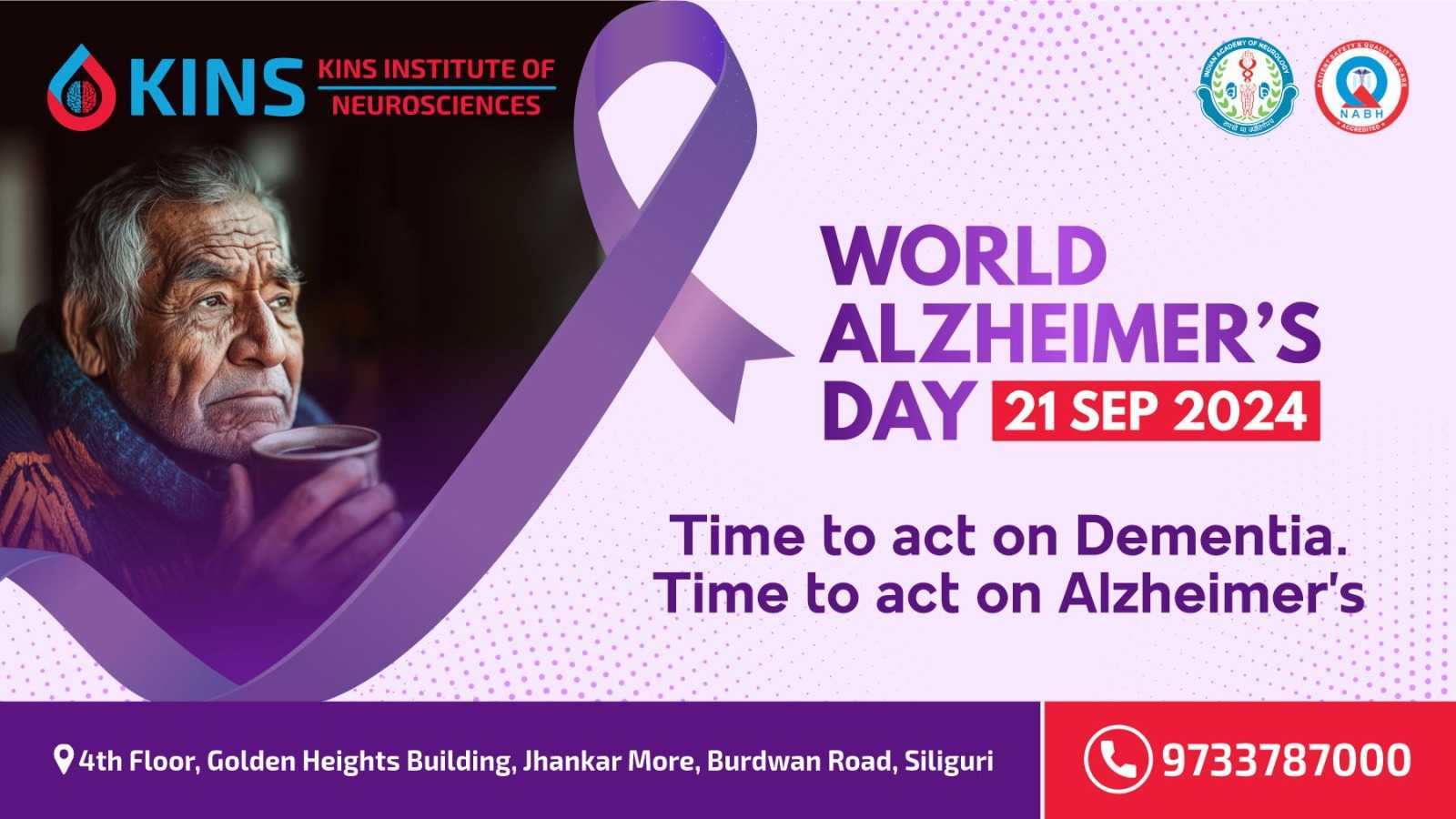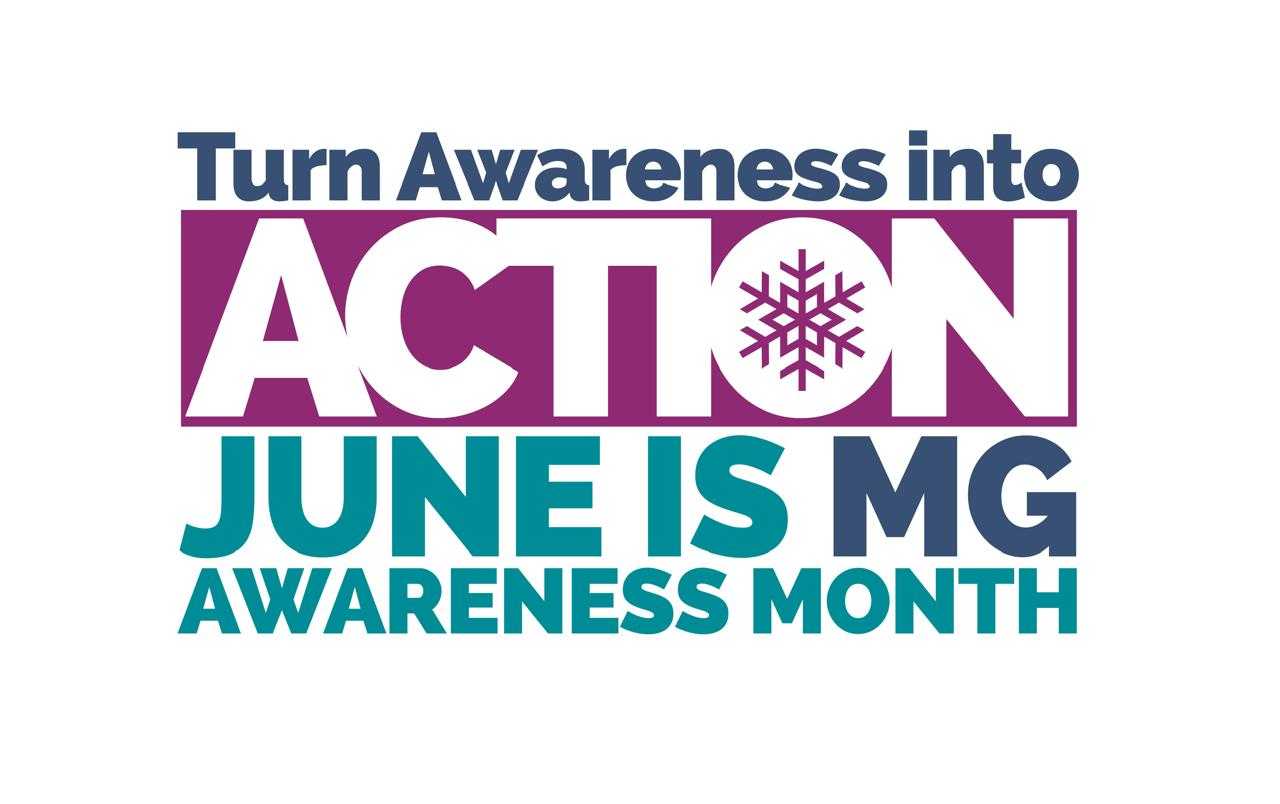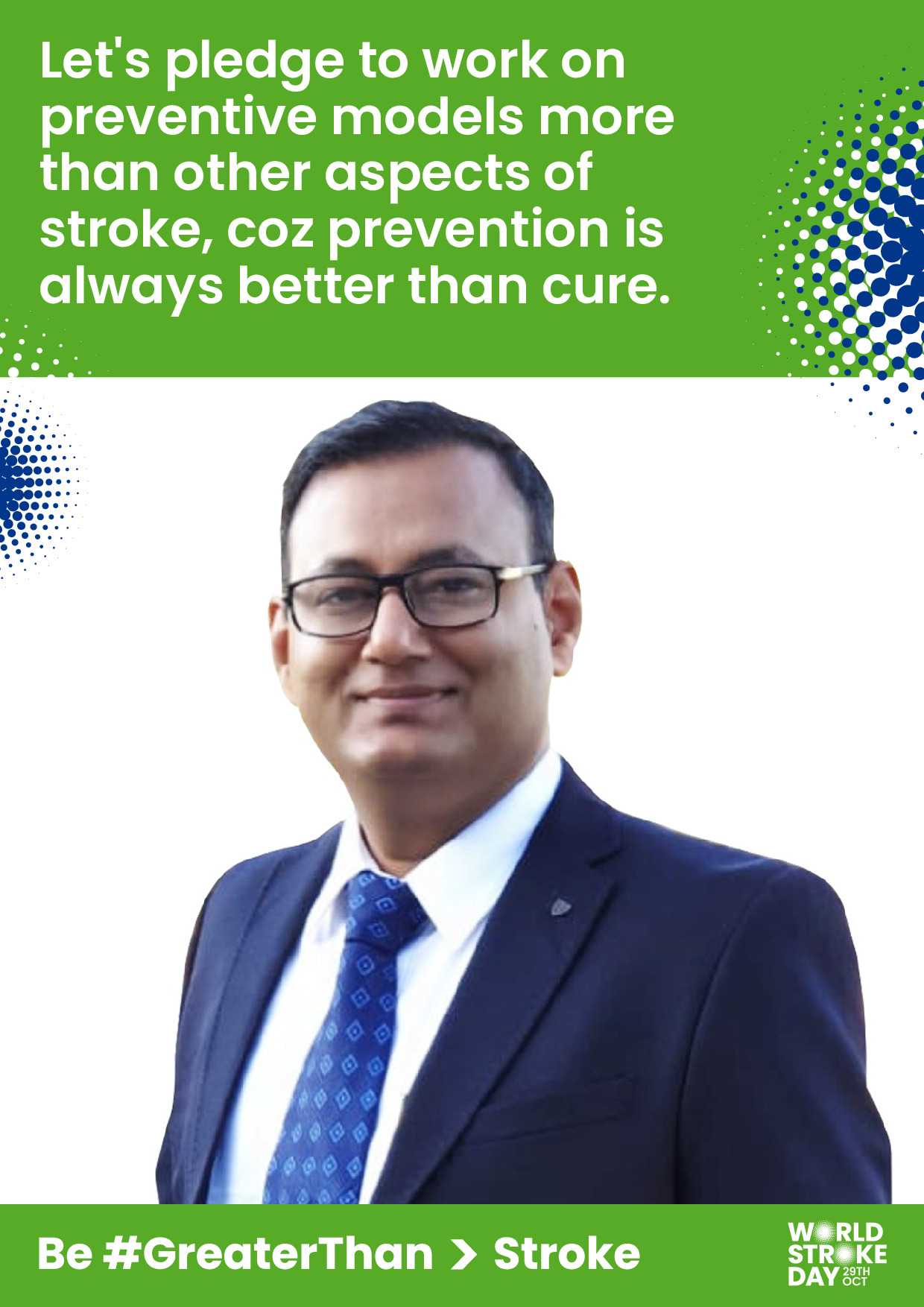Epilepsy: A Lot Remains To Do

Epilepsy is an age old disease and one of the most common public health problems, affecting approximately 10 million Indians and an estimated 50 million people worldwide. In India, epilepsy is treated by generalists more than specialists. Epilepsy is basically a clinical diagnosis. Owing to its variable and diverse clinical manifestations and its simulation with various other paroxysmal neurological events, viz. migraine, TIA, TGA, BPPV etc., it’s liable to be misdiagnosed more often than not. Pseudo seizures or Non epileptic attack disorders are also difficult to differentiate at times. Lately, with the availability of newer anti-seizure medications (ASMs), there is general inclination towards their use without paying heed to their mechanism of action, current status and to the guidelines laid by ILAE, resulting in poor seizure control. Poor understanding of drug resistant epilepsy and late or non referral for evaluation of epilepsy surgery is also a matter concern. The risk of premature death in people with epilepsy is up to three times higher compared to the general population. Despite all scientific advances epilepsy is still largely misconstrued and stigmatised in the society. However, nearly 70% of the people living with epilepsy could live seizure-free life if properly diagnosed and treated.
So this International Epilepsy Day let us all; health care providers, social workers, educators and policy makers pledge to spur a mass movement against epilepsy to enable general people for quick recognition of symptoms of epilepsy/seizure, Physicians to diagnose and treat the patients better and finally to pave the way for rehabilitation of patients in main stream of the society.
“We rise to great heights by a winding staircase of small steps.”
- Francis Bacon -




